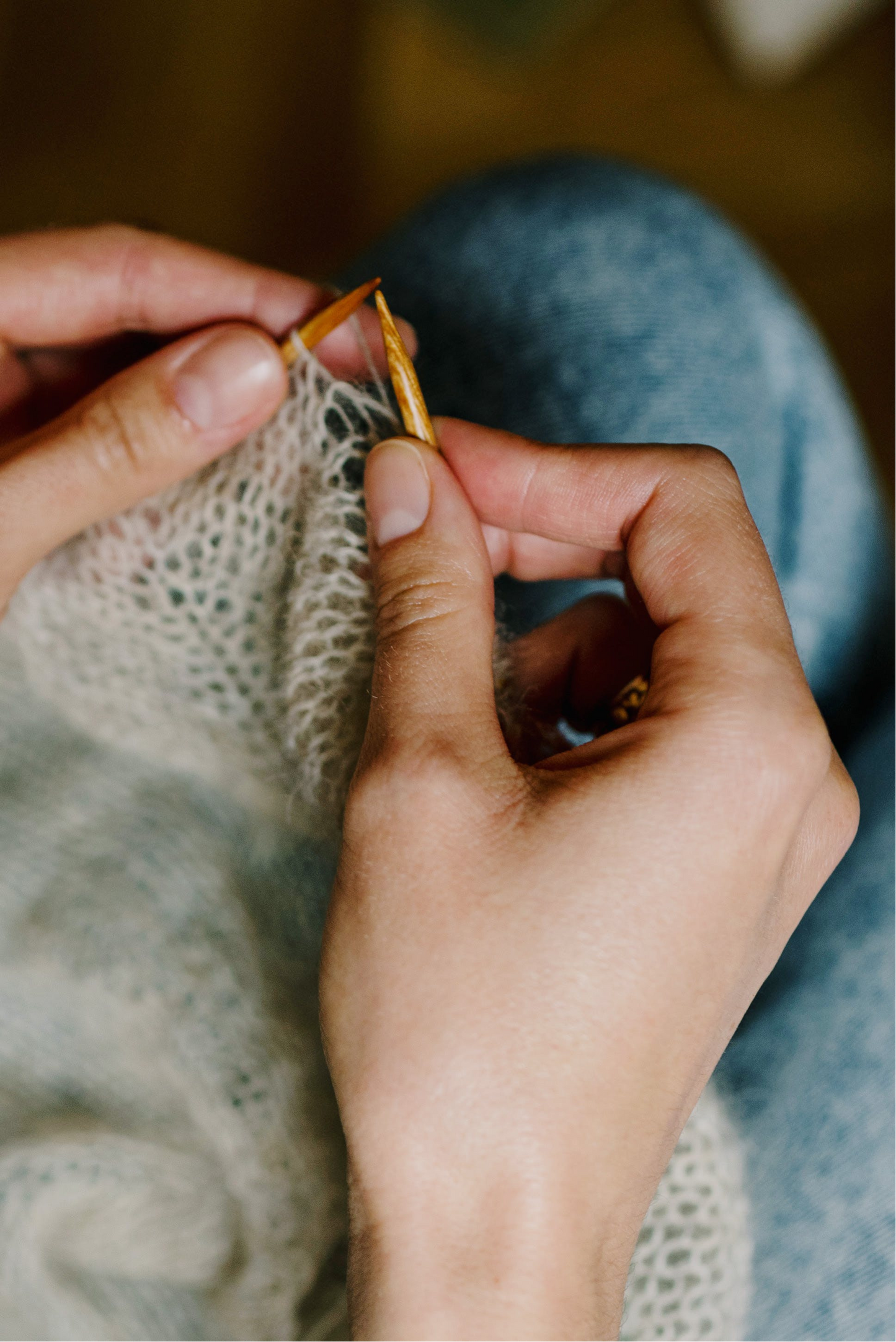
Our knitting projects can be transformed by adding colour, which adds brightness, depth, and character. Using different colour knitting techniques, whether you're an experienced knitter or just starting out, may give your project a new dimension.
This blog post will explore seven amazing colour knitting techniques and procedures that will spark your curiosity in knitting with a variety of colours and serve as an inspiration for your next knitting venture.
Stranded Knitting (Fair Isle):
Fair Isle knitting, commonly referred to as stranded knitting, is the process of working with a variety of colours in a single row or round. This approach creates a beautiful colour interaction and is usually linked to lovely geometric patterns and motifs. You may make intricate designs and seamless colour changes by carrying the extra strands at the back of your work. When making colourful accents or eye-catching clothing and accessories, fair isle knitting is excellent.
Intarsia:
Intarsia knitting is a technique that allows knitters to create distinct colour blocks or shapes within a knitted fabric. Unlike stranded knitting, which involves carrying multiple yarns along the back of the work, intarsia uses separate balls or bobbins of yarn for each colour section. This method is especially useful when working with large areas of colour or when precise colour placement is required
Slip-Stitch Colorwork:
Slip-stitch colourwork, commonly referred to as mosaic knitting, is a method for making complex colour patterns out of straightforward slip stitches. You may easily create stunning colour designs by slipping strands from previous rows while just working with one colour at a time. This method is perfect for those who want to produce the appearance of intricate colourwork while using only one colour per row.
Gradient and Ombré Effects:
Knitting gradient and ombré effects require a smooth transition between various tones of the same colour or between complementary hues. Your projects will have a distinctive and gradual colour shift thanks to this method, which also gives them depth and aesthetic intrigue. You can create this effect by choosing and arranging yarns in a precise colour progression or by using gradient yarns.
Colour Blocking:
Colour blocking is a contemporary and adaptable method that combines solid blocks of various colours to produce eye-catching and visual graphics. You can create amazing visual effects and fashionable-looking clothes as well as accessories by pairing opposing or complementary colours. Through the use of colour blocking, you can experiment with geometric shapes and patterns as well as colour arrangement.
Lace with Colour:
Lace knitting with colour introduces a captivating twist to delicate and intricate lace patterns. You can improve the elegance and complexity of lacework by adding bursts of colour to lace designs. Whether it's contrasting colour accents within the lace or incorporating a subtly variegated yarn, this technique adds a touch of whimsy and elegance to your knitting projects.
Duplicate Stitch (Swiss Darning):
Swiss darning, another name for the duplicate stitch, is a technique for embellishing finished knitted items and adding colour details. You can make complicated patterns, monograms, or unique ornaments by stitching over preexisting stitches with contrasting colours. Your knitted objects can be personalised and given new life with duplicate stitches, truly making them one-of-a-kind.
You have a world of creative possibilities at your fingertips with these seven exciting colour knitting techniques and methods. Every method, from stranded knitting and intarsia to slip-stitch colourwork and lace with colour, presents its own special appeal and challenges. The world of colour in knitting is yours to explore, whether you're going for elaborate patterns, striking colour combinations, or delicate colour accents, the world of colour knitting is yours to explore!
